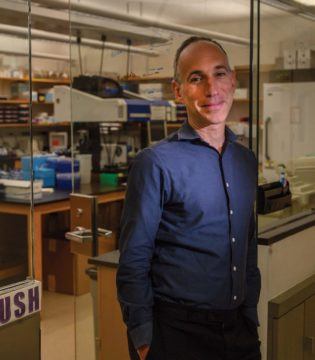Jonathan Shaw in Harvard Magazine:
 INTERPRETING ANCIENT DNA—a scientific approach that has grown powerfully during the past decade—reveals that human history is a story of mixing and migration at a scale and complexity that no one previously imagined. Waves of people and genes have flowed across oceans and continents for millennia, creating a mosaic of admixture. Genetically, “race” is a broken concept, this work shows, because every population is a mixture of other populations—which are themselves mixtures of still earlier populations. The analysis of ancient DNA can nevertheless reveal genetic signatures of people who lived in a particular time and place—proving that today’s inhabitants are not necessarily descended from the inhabitants of thousands of years ago. Britain, for instance, has experienced no fewer than five major waves of migration in the last 10,000 years. Three of these migrations involved near-total replacement of the then-native population.
INTERPRETING ANCIENT DNA—a scientific approach that has grown powerfully during the past decade—reveals that human history is a story of mixing and migration at a scale and complexity that no one previously imagined. Waves of people and genes have flowed across oceans and continents for millennia, creating a mosaic of admixture. Genetically, “race” is a broken concept, this work shows, because every population is a mixture of other populations—which are themselves mixtures of still earlier populations. The analysis of ancient DNA can nevertheless reveal genetic signatures of people who lived in a particular time and place—proving that today’s inhabitants are not necessarily descended from the inhabitants of thousands of years ago. Britain, for instance, has experienced no fewer than five major waves of migration in the last 10,000 years. Three of these migrations involved near-total replacement of the then-native population.
Genetic studies have also provided objective evidence that has helped answer or refine longstanding questions in archaeology, anthropology, and linguistics. How did farming spread, or Indo-European languages? What happened to the Neanderthals? The research has upended certain theories and affirmed others, as it rapidly matures into a freestanding discipline. In 2010, scientists had assembled just five ancient human genomes, including three Neanderthals. Today, the lab of professor of genetics and of human evolutionary biology David Reich alone has sequenced more than 16,000 ancient humans from around the world.
More here.
